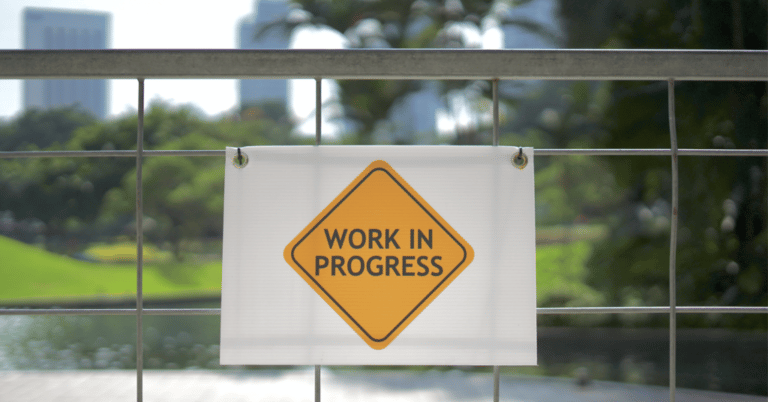
Teacher education reform: Where will all the experts come from?
The problems with education in Australia are not new. When the first major Commonwealth government report on school quality (the ‘Karmel report) was published in 1985, there was no testing program for literacy and numeracy but employers were of the view that the basic skill levels of many school leavers were low. The first government literacy and numeracy tests were introduced in NSW in 1989 and thanks to national and international assessments introduced in the past two decades, there has been objective evidence for decades now that an unacceptable number of students are struggling with these fundamental aspects of education. Above the basic level, achievement is mediocre by international standards and has been declining. Fewer students are taking the harder maths and science subjects in senior secondary school. There are concerns that the reading and writing competency of many university students is affecting their ability to achieve academically at this level. These things are all connected and known.





